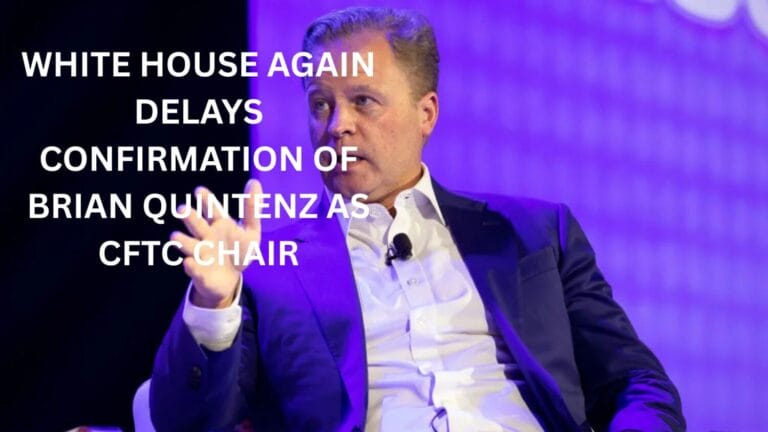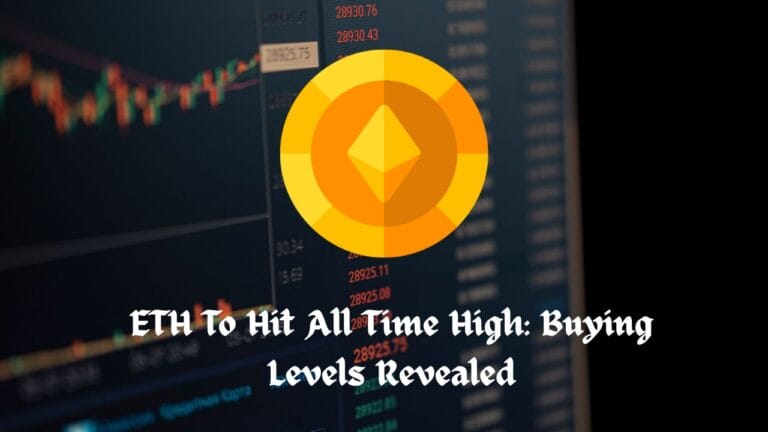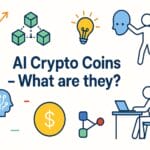Until recently, the video game and cryptocurrency sectors would have seemed like natural allies to anyone.
The later evolution of blockchain-based gaming, with its arcane and fused names like P2E and GameFi, owes more to the DeFi dApps and non-fungible tokens that drew a lot of attention and money during the bull run that started in 2020.
Today, transactions involving unique digital products tokenized as NFTs generate billions of dollars in crypto games, a vibrant economy that has pushed some gamers to quit their jobs and earn a living exploring metaverses and trading collectables. What a time to be alive, as the phrase goes.
Take, for example, the growth of gaming business models. A pay-to-play mechanism was used in the first mainstream games. These games are mostly remembered as arcade machines in malls, CD discs on PCs, or, subsequently, direct downloads onto devices. The benefit of pay-to-play was straightforward: pay once and play forever.
New advancements are constantly taking place, gaining acceptance among gamers and broadening the reach of blockchain-based gaming.
What is Blockchain Gaming and How Can it be Done?
A blockchain is essentially a chain of data blocks on a computer network that is visible to all users and anybody else. It can’t be moved or changed. This method preserves a complete record of everything that has happened on the network concerning the data.
The system is decentralised, which means that the game is owned and controlled by the users, who own digital assets and game objects, rather than by a central authority.
With the rise of NFTs and in-game currencies, the blockchain-based gaming scene is fast developing. Its expansion can be viewed as a multi-decade iteration of monetization tactics and business models.
On a gaming blockchain, you own a specific number of digital assets known as NFTs, much as you own a certain number of crypto coins such as Bitcoin, Ethereum, or Litecoin on a cryptocurrency blockchain.
These are game objects, but they are yours to own in the very same way that cryptocurrency is, and they may be transferred not only to a wallet but even outside of the game.
Following the pay-to-play model, the freemium model of gaming emerged. At this age, gamers did not have to pay to begin playing a game. Instead, firms gained money by charging players to acquire more game features or, more typically, by selling in-game items like expansion packs, platform subscriptions, and character cosmetics. For many, freemium games cut the hurdles to entry into gaming, and the change to freemium games aided in the growth of the global gaming population.
Non-fungible tokens (NFTs) or other forms of tokenized assets are commonly used in blockchain gaming as in-game content that can be traded for cryptocurrencies – or fiat currency – on blockchain-facilitated exchanges. As a result, sales of tokenized assets and subsequent royalty proceeds represent the key monetization strategy. In this new business model, game creators and players have aligned motivations because both gains as the game’s tokenized assets increase in value.

The idea that gamers should own the material they earn or at least have more ownership in the digital environments in which they spend a major percentage of their time and money is at the core of this upheaval.
This has two immediate benefits:
(1) in-game assets have a longer lifespan because they remain in their owners’ wallets after the game is turned off.
(2) Assets’ interoperability and composability – terms describing their portability – allow them to interact with other games, applications, or blockchains.
What is Blockchain Interoperability, and Why is it Important?
The phrase “blockchain interoperability” is made up of two words: blockchain and interoperability.
What is interoperability, and what does it imply? Interoperability can be described as the capacity to perform many operations of the same type. The process of operations between two or more blockchains is referred to as blockchain interoperability. In layman’s terms, blockchain interoperability relates to the capability of two or more blockchains to communicate with one another.
For miners and investors, blockchains are critical. Blockchains are used by people as a source of revenue and a means of conducting transparent transactions. They’re designed for safe and secure transactions. Mining on the blockchain is necessary for validating a transaction.
And blockchain interoperability is required to make the aforementioned process easier. The greater the benefit, the larger the network. Interoperability across blockchains expands the network of blockchains, making the system more efficient.
The Global Gaming Market:
Overall, blockchain gaming has a lot of potential because the global gaming market is anticipated to rise to USD 314.40 billion by 2026, from USD 173.70 billion in 2020. Current estimates put the number of online gamers at 1 billion and climbing – roughly one out of every seven people on the earth. We expect overlaps between NFT and blockchain marketplaces to grow considerably in the future as creators become more aware of the business possibilities of blockchain-based games revolving around digital assets and digital assets with real-world value. Due to supply chain interruptions and poor comps, despite the continued increased interest in gaming witnessed in 2020, both PC and console segments saw slight dips compared to 2020, while mobile was the only category to see growth.
The gaming business is expected to recover to prior levels of growth once the impacts of Covid-19 lessen, according to forecasts. According to projections, the business will be worth $269 billion by 2025, up 53% from current levels. These are expected to expand at a 15% CAGR over the next three years, driven by further shifts in consumer behaviour post-pandemic and new income monetization options from streaming and professional esports.
Game-Changing Non-Fungible Tokens
Non-fungible tokens (NFTs) are a major value proposition in different blockchain games and operate as a primary primitive for blockchain assets. NFTs in blockchain games bring a variety of advantages to games, including asset ownership, asset programmability, and new incentivization and innovation options.
01. NFT gaming will add value: In gaming, NFTs can unlock and add value to previously played games. “In the gaming industry, it’s something where if the player is putting their value into the game, it just makes full sense they can take this value out of the game,” says Chris Clarke of KokoSwap.
02. Players will gain control: NFTs give players additional power by allowing them to sell products and earn a portion of future resales. This is big for a digital games era for those players who grew up selling old games to pay for new ones.
03. Asset Programmability – Because NFTs are essentially software running on blockchain networks, they may be designed to have a variety of characteristics or constructed with in-game utility. NFTs can be programmed with a variety of unique use cases, such as single-use, unlocking content, or awarded to users that achieve a certain status.
04. Innovation and Incentivization- When it comes to incentives, game makers are already among the most knowledgeable. Through in-game currencies and NFT marketplaces, NFTs provide an additional layer of economic incentives by allowing players to earn yield-generating assets, imbue gaming assets with real financial worth, and develop a more robust gaming economy.
- game development infrastructure:
Building the full blockchain infrastructure required for a game from scratch might be difficult and time-consuming for game developers. Game developers can use blockchain game creation technologies (such as Stardust, Enjin, and Forte) that allow modular components like wallets, asset issuance, payment, and other basic tasks, just as blockchain developers use current smart contracts tools and wallet infrastructure.
L2 infrastructure- Increased L2 (Layer 2 network) investment in the gaming sector has come from the NFT bull market in 2021. Axie Infinity, for example, selected vertical integration and built its own Ethereum sidechain Ronin as well as a decentralised exchange called Katana.
Other game development platforms have chosen horizontal integration as well, with Enjin’s NFT-only chain Efinity receiving a parachain slot in the recent Polkadot parachain auction.
Nonetheless, many existing games are still utilising Starkware (like NFT fantasy football game Sorare), ImmutableX (like NFT card game Gods Unchained), Polygon (like NFT horse racing game Zed Run) and other Ethereum-based L2 methods to satisfy their scaling needs.
The L1 (Layer 1 Blockchain Network) infrastructure serves as the foundation for many protocols and applications. While some games (such as Solana and Flow) are created on L1 blockchains with faster throughput, most Ethereum games have moved to L2 solutions. L1 is significant because various composable protocols, such as guilds, financialization protocols (such as NFTX), identification solutions (such as the Ethereum domain name service ENS), markets, and other apps or services, will be used in blockchain games.
Game Studios
Because they frequently develop games as well as Layer-1 and Layer-2 infrastructure, studios are found near the bottom of the terrain. With hundreds of millions of money, Dapper, Sky Mavis, and Animoca Brands are the most well-capitalized game producers. Not every gaming firm will survive in the end. Those who create the next blockbuster games, on the other hand, have the potential to become the next Electronic Arts.
Art NFTs aren’t only a passing phenomenon among a select group of people. Rather, this new technology is upending old concepts of art and erasing barriers for anyone who want to participate in either creating or collecting art.
NFTs had a banner year in 2021. CryptoPunk #7523 sold for $11,754,000, Beeple’s “Human One” sold for $28,985,000, and Pak’s NFT drop “Merge” sold for $11,754,000, breaking the record for the highest sale by a living artist. Every month, more than 40,000 people buy art NFTs, resulting in weekly sales of more than $20 million. But, beyond the figures, 2021 was the year when the rest of the world realised what NFTs are and how they can revolutionise the way people think about art. The art world is constantly changing and expanding, but it’s rare to see such rapid advancement in any industry in such a short period of time.









